Vera Institute of Justice Digital Brand Refresh
Refreshing a 60-year old organization’s brand for a digital age.
2018 · VERA INSTITUTE OF JUSTICE · BRAND STRATEGY/DIGITAL CONTENT DESIGN

Looking to elevate its digital presence as it was looking to make its research more accessible to the public, Vera hired me to lead digital content creation for its digital properties, which included auditing and overhauling its digital brand for increased engagement.
The Scope of Work
Vera Institute of Justice, at the time, was a 60 year old organization that has striven to reform the criminal justice system to make it fairer and more humane. As a research organization, Vera has historically struggled to connect to audiences that didn't consist of policy makers, academics, or corrections officials. Because the goal was to engage the general public about justice reform, there was a need to reimagine Vera's digital brand and tone.
My role was to design an identity that would offer audiences an educational, friendly, yet powerful experience when engaging with our digital accounts. My challenge was to develop a distinctive modern brand that stayed true to the overall brand of the organization and its values, while pushing its boundaries.
My Role
Digital Brand Strategy
Digital Art Direction
Multimedia Production/Strategy
Copy Strategy
SEO
A DIGITAL PRESENCE WITH NO BRAND DESIGN DIRECTION
When I started at Vera, the digital accounts at Vera — which include Facebook, Instagram, and Twitter — had no real direction in terms of visual identity, content strategy, and engagement. Graphics were quickly composed mostly on mobile apps with no design sense and without any systems in place to measure the performance of different types of content. The result was an incohesive brand with no discernible content strategy.
After I joined as Digital Associate, I took the liberty of conducting an audit of Vera's digital presence, researching which types of posts performed best, and then optimizing all of Vera's digital accounts to maximize growth and engagement moving forward. The result was a reimagined digital brand.

Criminal justice reform has experienced somewhat of a boom in recent years. Despite this, one of the central challenges to this work are the harmful narratives that circulate about justice issues and the people impacted by the system. Shortly after Vera made the decision to invest in building its first digital team ever, I was brought in to specifically produce and overhaul its digital content. The question was: How do we cut through all the harmful noise while building public support justice reform across prison reform and prosecution reform and immigration justice reform and more in a way that made these issues accessible, engaging, and easy to understand, while centering the people most impacted by our work? After conducting an audit of all its digital properties, I landed on a digital content strategy that adapted the organization’s visual identity — then designed with print publishing in mind – to the digital sphere, emphasizing human stories, multimedia storytelling, condensing the organization’s research into engaging infographics, and interactive experiences, and photography that highlighted the people behind the work at Vera in a way that positioned Vera as an employer of choice.
The reimagined digital brand launched at the beginning of March 2018, and within a month, digital followings across all platforms grew by 41% — surpassing the growth of the previous three months combined, and visits to the website, in particular the careers page, spiked by 62% within the first week of launch.
And while Vera’s brand has changed in recent years, its shift toward investing substantially in digital and multimedia storytelling was catalyzed by much of my own work as the organization’s first digital associate, and subsequently its first creative associate — a dedicated role created for my abilities and to allow me to take the org’s multimedia storytelling efforts to greater heights. You can see some of that work in my production of Vera’s first-ever multimedia publication, in a shift from its text-heavy academic reports, called Through Their Eyes (explore here), as well as my design and production of a pop-up exhibit in New Orleans titled “The Past is Present” that chronicled the through-line between slavery and mass incarceration (explore here), as well as my videography (explore here), and documentary photography work of prison architecture and conditions across the U.S., Germany, and Norway (explore here). Even after leaving Vera, I continue to build upon this work as part of my graduate research at The New School, for example, by developing an immersive, virtual 3-D model of Norway’s Halden Prison to explore international differences in prison design and raise awareness about prison conditions (explore here).
A REIMAGINED DIGITAL BRAND
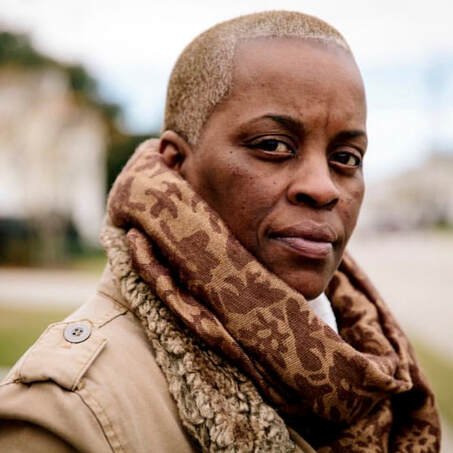
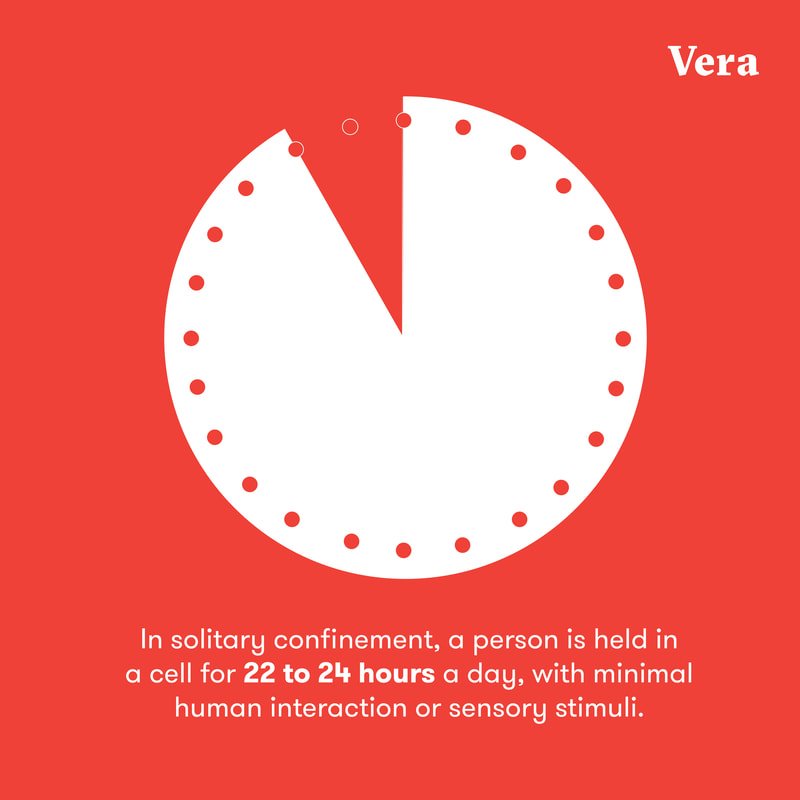
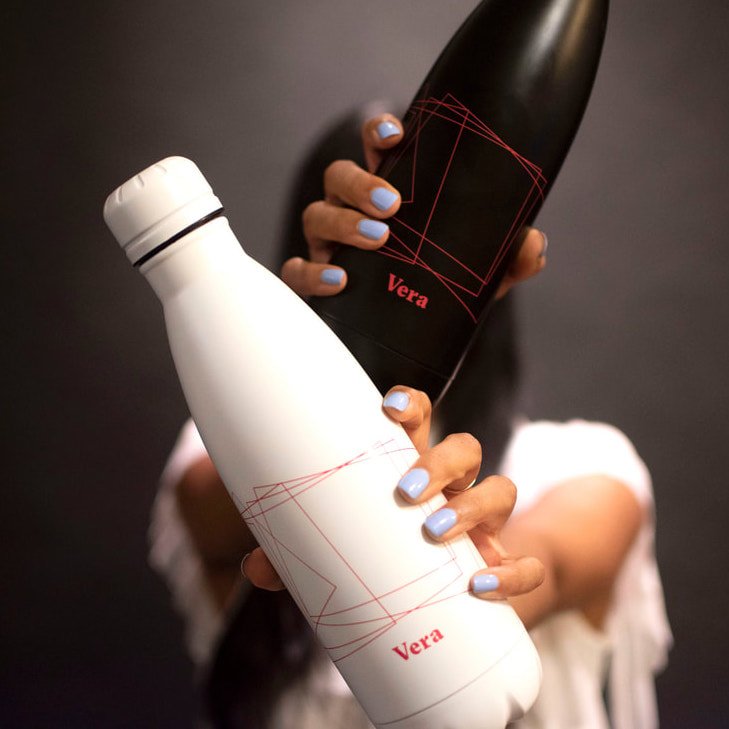

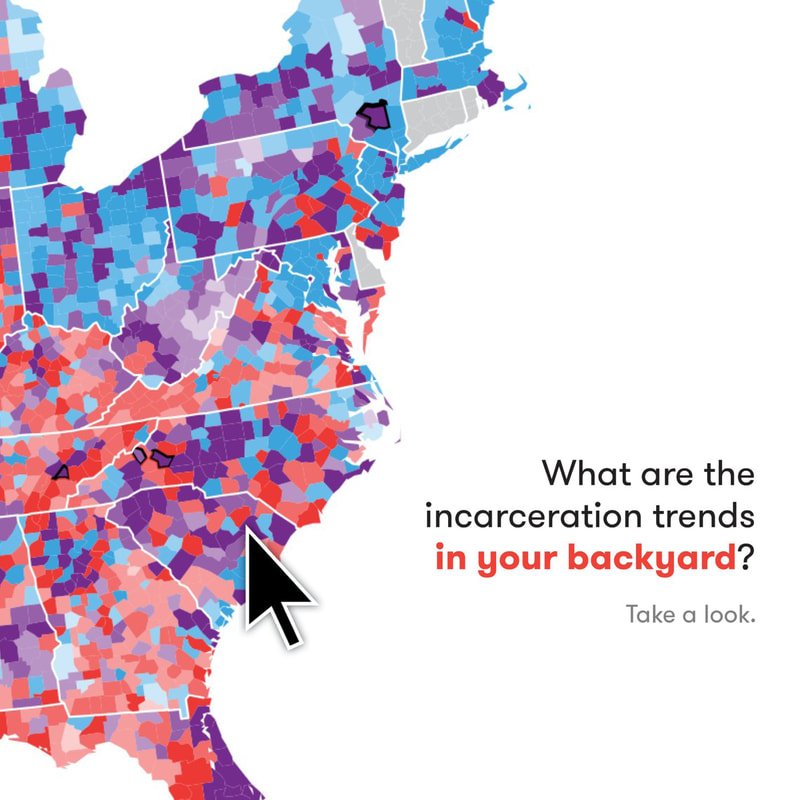





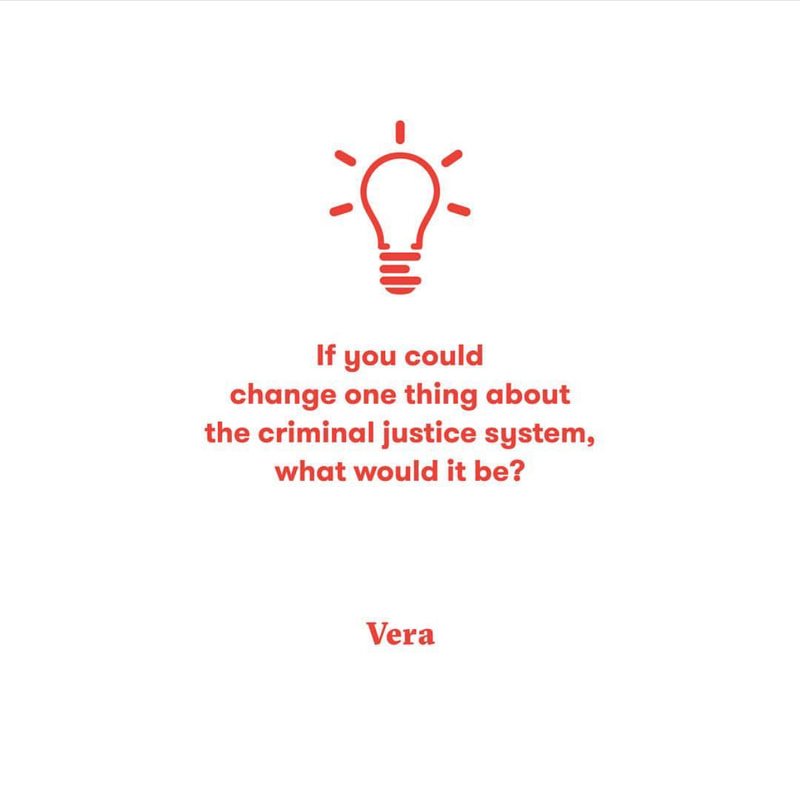

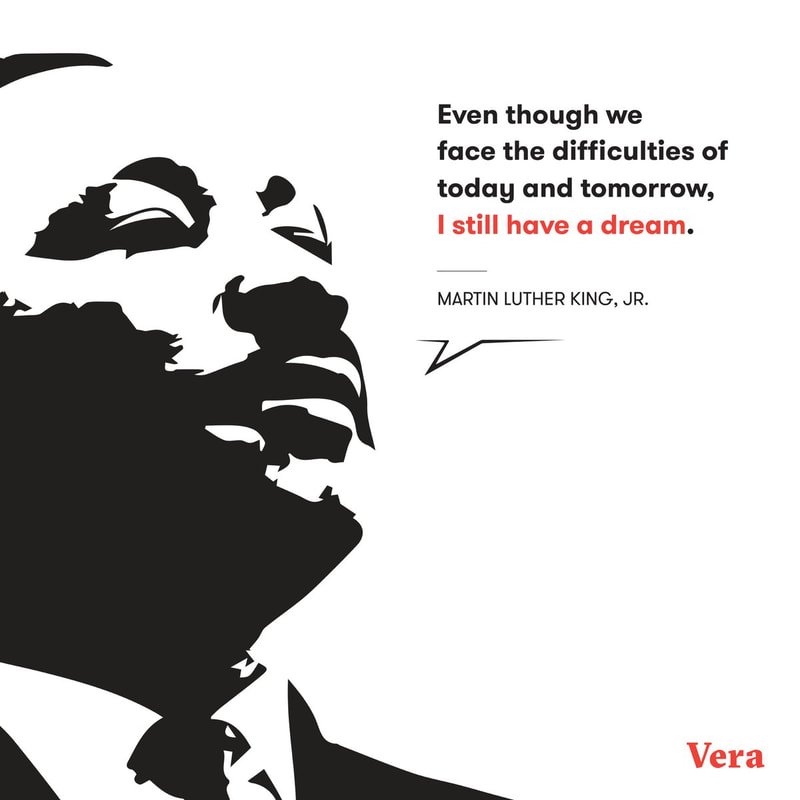







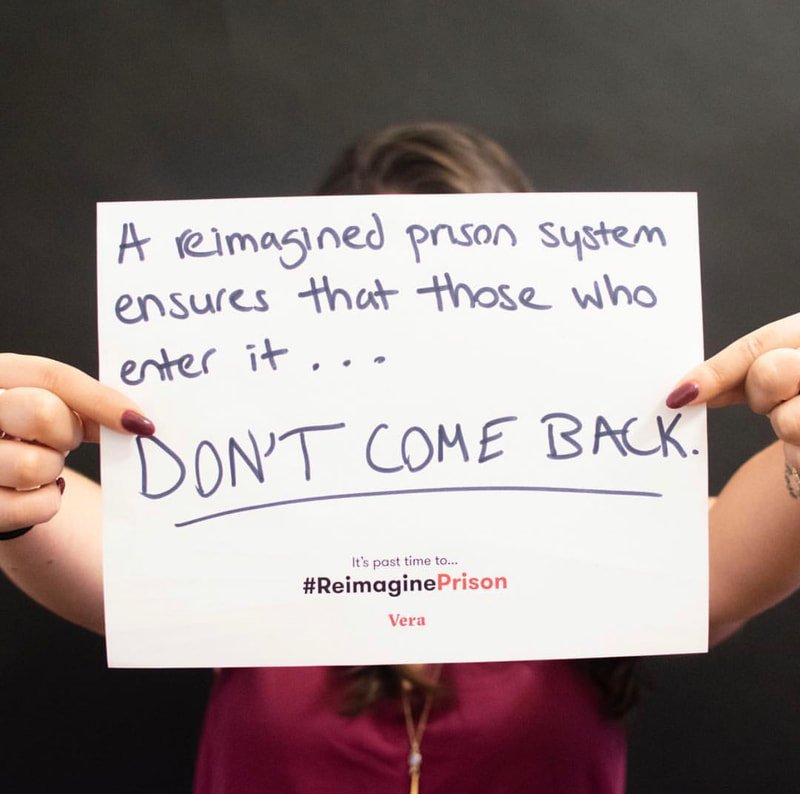
Because Vera is a research organization, its primary products are research publications. Too often, these reports are long and dense, filled with technical and academic jargon. They are written with people in power in mind, not the average person. I wanted to flip that switch. So, I started combing through all of Vera's research for statistics that could be turned into digestible and engaging infographics — a simple way to promote the egalitarianism of knowledge.
SHAREABLE INFOGRAPHICS
Because of Vera's position as an authority on criminal justice issues, it was paramount to inform our audiences about latest developments and news in criminal justice, in addition to amplifying soft content like human stories and quotes. I wanted our audience to expect not just news highlights from Vera, but an analysis on the week's most pressing news. So, I worked with subject-matter experts at Vera to condense their latest research and also research and news in their respective fields and present it to our audiences in an engaging way. So I launched the weekly "Justice Brief" on Vera's Instagram and Twitter accounts to bring compiled news snippets to our audiences in a concise, accessible, friendly user experience that could be quickly shared. I also had plans to turn the "Justice Brief" into a regular Facebook Watch and Instagram TV series, in addition to an in-house podcast to further cement Vera's position as an authority on the issues. But, my plans were, unfortunately, cut short when I was promoted to a new, different role. But, my dream, up until the day I left, was to transform Vera into a multimedia journalism powerhouse — the "Vox" of criminal justice.
INFORMATIVE UPDATES
Because, a the time, Vera’s target audience was primarily system stakeholders, and the fact that most of its staff were academic researchers, it was in many ways removed from the communities it advocates for. I wanted to ensure that our digital content, visual identity, and voice represented the people who are impacted by Vera's work. So, it was important to humanize Vera’s research and put a face to the data, ensuring that its digital brand was intentionally people-centered.
In partnership with the Human Resources department, I wanted to also humanize this massive national organization by spotlighting the people behind the work, putting them in front of a camera (including operations staff who provided critical support that made this work possible), training researchers and programmatic staff on how to use social media and engage in digital storytelling (often drafting and reviewing social media posts on behalf of project directors), enabling them to share their stories, and position themselves as spokespeople for the organization beyond the president. Engagement with these kinds of posts were some of the highest because it allowed our audiences to see and engage with a completely different side to what is very much an establishment organization — directly connecting with the people behind Vera who were pushing to realize systemic change. The result was a shift in Vera’s employer brand and positioning of it as an employer of choice. In fact, the digital team received consistent reports from the HR team about candidates who referenced our valued-driven digital presence and storytelling as a core reason for applying.
PEOPLE-CENTERED
Vera employees have access to tons of great swag. And, occasionally we would offer them to our audience members as gifts for donating to Vera or starting a birthday fundraiser on Facebook for Vera. We wanted to engage with our audiences in a dynamic way, so I would often partner with Vera's Development department and People and Culture department to take photography of Vera swag and promote those images on Vera's digital accounts as a way to get people to either donate to Vera or apply to work there, and test for whether there was public desire for a Vera store, whose proceeds would fund Vera’s work. This work laid the groundwork for Vera’s opening of its official online shop in 2022.




